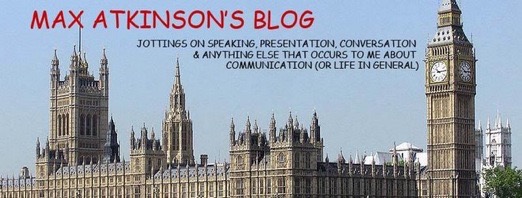

With pageants like the annual trooping the colour and state opening of parliament by the Queen, occasional royal weddings, state funerals and even more occasional coronations, Britain normally excels at finely choreographed displays of pomp and circumstance.
But the inauguration of an American president is an interesting example of how a former colony can sometimes outperform the old mother country with a set-piece event that makes the arrival of a new British prime minister about as inspiring as the sight of someone changing planes at Heathrow Airport.
One key difference, of course, is that our American cousins are inaugurating a new head of state as well as a new head of government, whereas a British prime minister is no more than that: the prime minister of a Queen, who will carry on being head of state for the rest of her life, and without whose invitation politicians wouldn’t be able to form a government at all.
Another stark difference is 'location, location. location'. New US presidents speak from Capitol Hill, looking out over a classic masterpiece of post-enlightenment town design that stretches before them as far as the eye can see. New UK prime ministers speak from the front doorstep of a terraced house that has no front garden and opens directly on to a cramped London backstreet – not the most promising venue for stirring rhetoric and oratory.
The British version of the orderly transfer of power is at its most mundane when a new prime minister takes office because the majority party in the House of Commons has changed its leader between general elections, which means that there won’t even be any jubilant crowds celebrating the previous day’s victory (not that there’s room for much of a crowd in Downing Street anyway).
So the official schedule of events for the afternoon of 27th June 2007, when Gordon Brown took over from Tony Blair, went as follows:
13.00: Blair says farewell to staff at No 10 Downing Street
13.12: Blair arrives at Buckingham Palace, where he tenders resignation to the Queen
13.30: Brown departs Treasury with wife Sarah
13.40: Blair leaves the Palace
13.51: Brown arrives at the Palace where the Queen asks him to form a government
14.48: Brown leaves the Palace
14.55: Brown enters No 10 Downing Street for first time as prime minister
Although the schedule makes no mention of a speech at 14.55, new prime ministers can’t just walk in without saying anything to the television cameras and reporters. But they hardly ever say anything that anyone ever remembers, and it’s an occasion that’s generated very few entries in dictionaries of quotations.
One apparent exception was Margaret Thatcher’s recitation of lines from St Francis of Assisi on the steps of Downing Street in 1979. But even that hardly qualifies as a real exception, as it was already a memorable quotation that had survived for about eight hundred years before being recycled by Mrs Thatcher (see video clip in blog entry of 1 January 2009).




